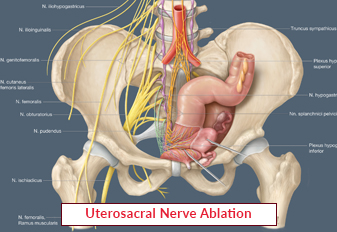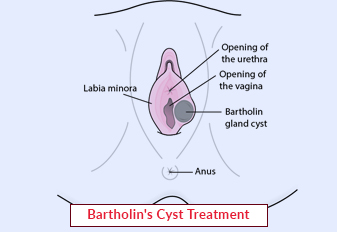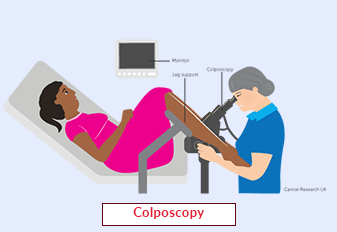Uterosacral Nerve Ablation

Uterosacral nerve ablation (USNA) is a surgical procedure that involves the destruction or removal of the uterosacral nerves, which are located in the pelvis. This procedure is performed to alleviate chronic pelvic pain, particularly pain associated with certain gynecological conditions. In this article, we will explore the concept of uterosacral nerve ablation, its procedure, and its applications in managing pelvic pain.
The uterosacral nerves are a part of the autonomic nervous system and play a role in transmitting pain signals from the pelvic organs to the brain. Uterosacral nerve ablation aims to disrupt these pain signals by either destroying or removing a portion of the uterosacral nerves. This procedure can be performed laparoscopically or through open surgery, depending on the specific case and surgeon's preference.
Book an AppointmentAbout Uterosacral Nerve Ablation
Uterosacral nerve ablation is primarily considered as a treatment option for chronic pelvic pain that is not responsive to other conservative treatments. It may be recommended for conditions such as:
- Endometriosis: USNA can be used as a complementary procedure in cases of deep infiltrating endometriosis where the uterosacral nerves are affected.
-
Adenomyosis: This procedure may help alleviate pain associated with adenomyosis, a condition where the inner lining of the uterus grows into the muscle wall.
-
Chronic pelvic pain: USNA can be considered for chronic pelvic pain that is suspected to originate from the uterosacral nerves.
The decision to undergo uterosacral nerve ablation is made after a thorough evaluation by a healthcare provider and discussion of alternative treatment options.
Procedure of Uterosacral Nerve Ablation
The specific procedure for uterosacral nerve ablation may vary depending on the surgeon and the patient's individual circumstances. However, the general steps involved in the procedure are as follows:
-
Anesthesia: The patient will be placed under general anesthesia to ensure comfort and pain management throughout the procedure.
-
Surgical approach: The surgeon will choose either a laparoscopic or open surgical approach based on the case and individual factors.
-
Nerve identification: The uterosacral nerves will be identified and carefully evaluated for any abnormalities or areas of focus.
-
Ablation: The surgeon will use various techniques to ablate the uterosacral nerves, which may include cauterization, cutting, or removal of a portion of the nerves.
-
Wound closure: Once the procedure is complete, the surgical incisions will be closed using sutures or staples, depending on the surgical technique used.
Require Assistance?
Get A Quick Callback From Our Healthcare Experts






